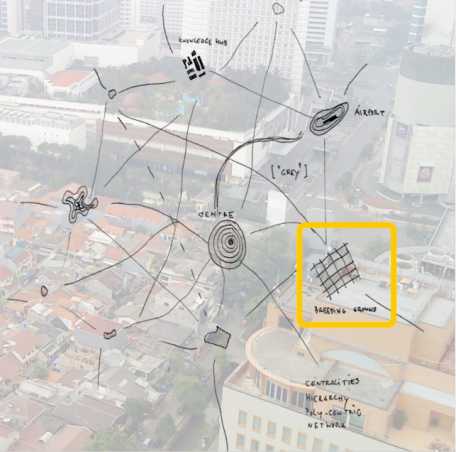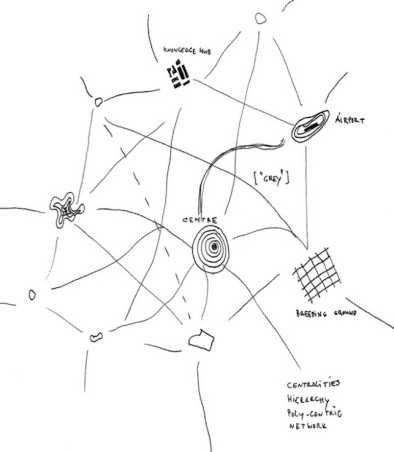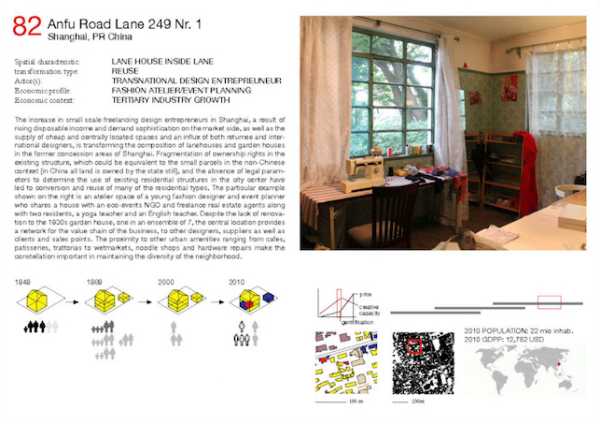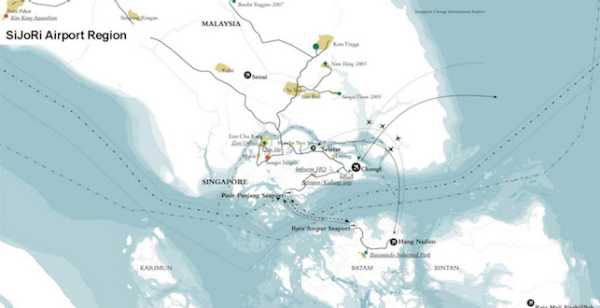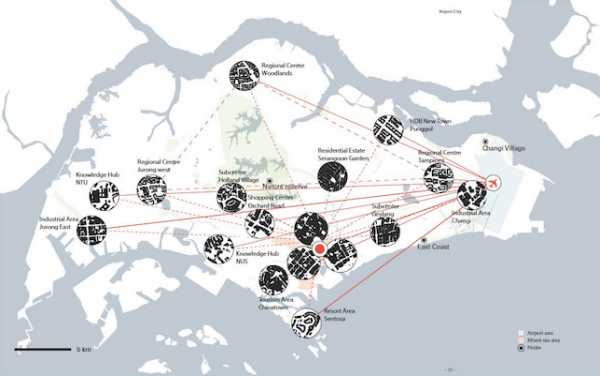Urban Design Strategies and Resources
Urban Breeding Grounds - Investigating the mechanisms of diverse urban neighbourhoods Airports and Cities - Investigating airport regions caused by flows of passenger and goods
Global urbanisation tends to condense into various forms, ranging from the concentrated city to the urbanised landscape, which both show polycentric characteristics on different scales. A traditional downtown, a CBD, a creative quarter, a science hub, or a global airport, all are specific nodes forming complementary urban networks.
The importance of diverse neighbourhoods for a city’s social, economical and cultural life has been studied in the West since the 1960s, but only recently became an issue in Asia.Traditionally diverse neighbourhoods are arrival places for immigrants, ranging from non-educated foreigners to regional intellectuals, artists and entrepreneurs, who value centrality, people from different backgrounds and niches in a flexible framework. The push and pull-processes of the early 1970s mark the start of an urban renewal culture in the West. City-governments developed policies, mediating between diversity and homogeneity.
Also, in Asia, diverse neighbourhoods are of vital importance for a city, as incubators for innovative entrepreneurial and cultural production at the interface of global and local. In a typical value-chain, hardware comes from global brands, applications from a local start-up, cutter-templates from a fashion designer and the clothes from an immigrant sewing-workshop.
We research neighbourhoods in Shanghai, Shenzhen, Bangkok and Singapore with common characteristics, like a high accessibility, a fine-meshed street-pattern, many small plots and ground floors that “talk” with the street. However the specific properties in these neighbourhoods are often completely different. Thus, we focus on the specific rather than the generic. Drawing from both generic characteristics, like the street pattern, the plot structure, building stock and mixed use, and contextual characteristics, we prepare an instrumentarium for policy recommendations and design guidelines to sustain diversity.
The importance of airports as hubs for for their cities is evident. There is however not much research on their urbanisation impact. In Europe, airports are close to the city, and urban nodes with extensive urban concentrations, forming destinations in themselves. Asian cities are generally larger and farther apart. Land transport is serving local networks. What the train used to be for Europe, the airplane became for Asia, releasing enormous flows of people and goods, propelling aviation networks and airport development.
Other than European airports, which are like spiders in a public transport web, the Asian airport at first glance appears to be a “dead-end” at the end of a transport-corridor, like Changi and Hongkong airports located at the end of an island. Around Changi some very modest airport-related urbanisation is going on. However, limited land reserves and the economic gradient between the island states and the regions of SiJoRi and Pearl River Delta, have pushed urbanisation into the hinterlands, triggering new forms of transnational transport-systems. The explosive growth of low-cost carriers allow a “new flying class” to arrive at the border and transfer in Changi or Hongkong.
These mobility flows, their infrastructures and urbanisation patterns caused by the described geographies help to better understand the airport region in the South-East Asian context. They result in a new definition to describe airport-regions, replacing out-dated static models, like 'Aerotropolis', consisting of overlapping parameters, like pax-catchment area, position to other airports, distance to cities, and regional cargo-dependent production facilities.
